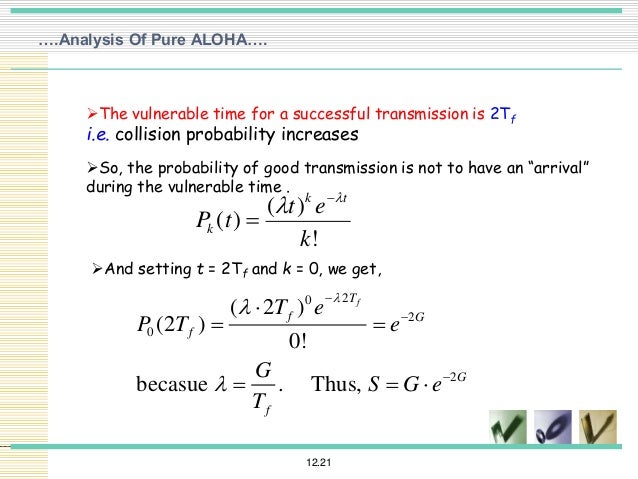
There are, however, better hand-shake and signalling protocols both for wireless and wired systems. It is a very classical Medium Access Technology, that was heavly used for the first generations of mobile phones and still works well. In the early 2000s additional ALOHA channels were added to 2.5G and 3G mobile phones with the widespread introduction of GPRS, using a slotted-ALOHA random-access channel combined with a version of the Reservation ALOHA scheme first analyzed by a group at BBN Technologies. In addition SMS message texting was implemented in 2G mobile phones. In the late 1980s, the European standardisation group GSM who worked on the Pan-European Digital mobile communication system GSM greatly expanded the use of ALOHA channels for access to radio channels in mobile telephony. These regulatory developments made it possible to use the ALOHA random-access techniques in both Wi-Fi and in mobile telephone networks.ĪLOHA channels were used in a limited way in the 1980s in 1G mobile phones for signaling and control purposes. In the early 1980s frequencies for mobile networks became available, and in 1985 frequencies suitable for what became known as Wi-Fi were allocated in the US. In the 1970s ALOHA random access was employed in the nascent Ethernet cable based network and then in the Marisat (now Inmarsat) satellite network. But even before such frequencies were assigned there were two other media available for the application of an ALOHA channel – cables & satellites. The ALOHAnet used a new method of medium access (ALOHA random access) and experimental ultra high frequency (UHF) for its operation, since frequency assignments for communications to and from a computer were not available for commercial applications in the 1970s. ALOHA originally stood for Additive Links On-line Hawaii Area. ALOHAnet became operational in June 1971, providing the first public demonstration of a wireless packet data network.

For other uses, see Aloha (disambiguation).ĪLOHAnet, also known as the ALOHA System, or simply ALOHA, was a pioneering computer networking system developed at the University of Hawaii.


 0 kommentar(er)
0 kommentar(er)
